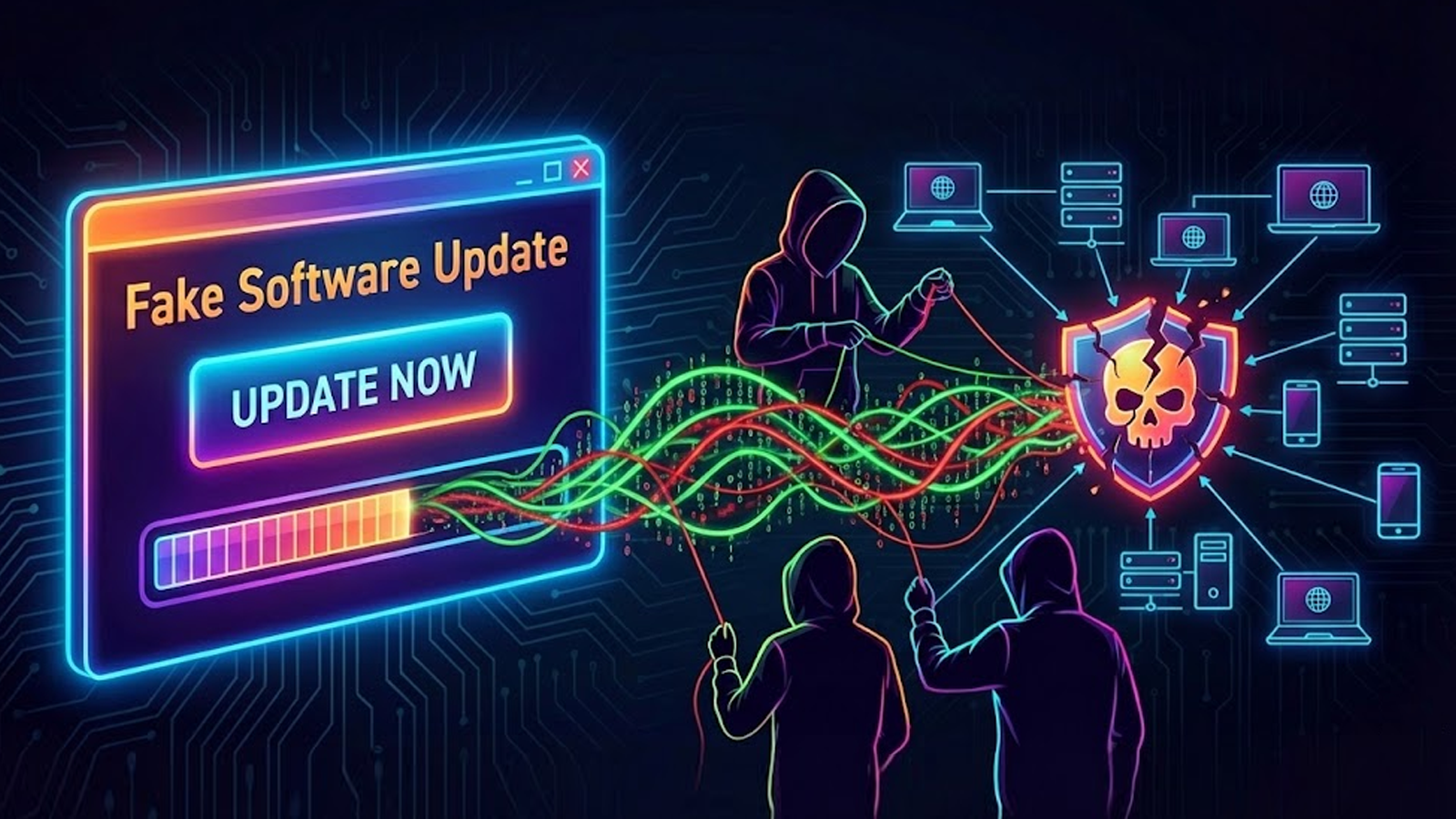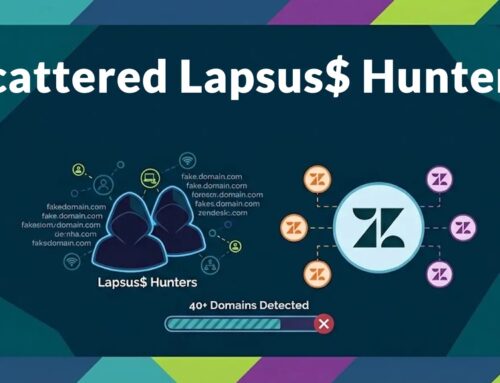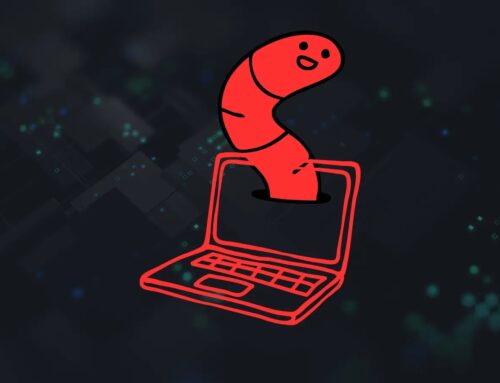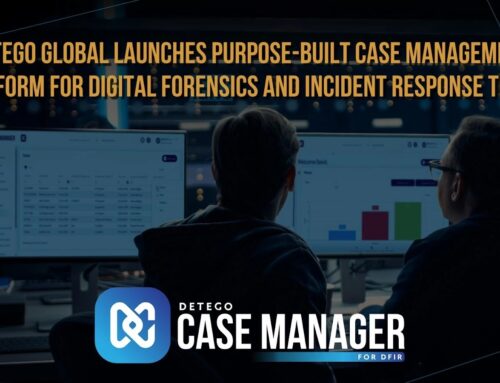
Threat Actors Leverage Fake Update Lures to Deliver SocGholish Malware
The Deceptive Lure: Threat Actors Weaponize Fake Updates to Deliver SocGholish Malware
In the constant struggle against cyber threats, a familiar and insidious tactic continues to ensnare unsuspecting users: fake software update prompts. Threat actors are effectively leveraging this vulnerability in human behavior to deploy the potent SocGholish malware. This delivery framework, first identified in 2017, has undergone significant evolution, transforming from a minor web-based nuisance into a formidable tool integral to major ransomware operations impacting organizations globally. Recent campaigns highlight the sophistication and persistent danger posed by these deceptive lures.
Understanding the SocGholish Malware Delivery Framework
SocGholish operates not just as a malware strain but as a sophisticated delivery framework. Its primary method of infection relies on drive-by downloads, often initiated when users visit compromised websites. These sites are frequently injected with malicious JavaScript code that then presents the victim with a convincing, yet entirely fake, software update notification. Common disguises include prompts for browser updates (like Chrome or Firefox), Flash Player updates, or even essential system software updates.
Once a user clicks on the seemingly legitimate update, they unknowingly download the SocGholish payload. This malware often acts as a first-stage infection, a stepping stone for more aggressive and damaging second-stage payloads. Its effectiveness stems from its ability to bypass traditional security measures by exploiting trusted user actions.
The Evolution of a Threat
Since its discovery, SocGholish has demonstrated remarkable adaptability. Initially, it was a relatively straightforward web-based compromise, primarily focused on information gathering. However, its evolution has seen it integrated into more complex and financially devastating attack chains. It now serves as a key component for facilitating major ransomware deployments, targeting enterprises across various sectors. This shift underscores the increasing sophistication of threat actors and their ability to repurpose and refine existing tools for maximum impact.
Impact on Organizations
The consequences of a SocGholish infection can be severe for organizations. As a precursor to ransomware, it can lead to:
- Data Encryption and Exfiltration: Ransomware attacks typically encrypt critical business data, rendering it inaccessible, and often involve exfiltrating sensitive information for double extortion schemes.
- Significant Financial Losses: Ransom payments, recovery costs, and business interruption can amount to substantial financial burdens.
- Reputational Damage: Data breaches and operational downtime severely damage public trust and brand reputation.
- Operational Disruption: Business operations can come to a grinding halt, impacting productivity and customer service.
Remediation Actions and Protective Measures
Mitigating the risk of SocGholish infections requires a multi-layered approach combining technical controls with robust user education.
- User Awareness Training: Educate employees about the dangers of unsolicited software update prompts. Emphasize downloading software and updates ONLY from official vendor websites or trusted application stores.
- Implement and Enforce Strong Browser Security: Utilize web filtering, ad blockers, and browser extensions that detect and block malicious websites and scripts.
- Keep Systems and Software Patched: Regularly update operating systems, web browsers, and all installed software to patch known vulnerabilities. While SocGholish itself isn’t a CVE, unpatched browser or OS vulnerabilities can aid in the initial compromise of websites.
- Endpoint Detection and Response (EDR) Solutions: Deploy EDR solutions capable of detecting suspicious activities, even if initial malware execution bypasses traditional antivirus.
- Network Segmentation: Isolate critical network segments to limit the lateral movement of malware should an infection occur.
- Regular Data Backups: Implement a robust backup strategy that includes offsite and immutable backups to facilitate recovery from ransomware attacks.
- Principle of Least Privilege: Limit user permissions to only what is necessary for their job functions to reduce the potential damage from a compromised account.
Detection and Mitigation Tools
Leveraging appropriate tools is crucial for detecting and mitigating threats like SocGholish.
| Tool Name | Purpose | Link |
|---|---|---|
| Endpoint Detection & Response (EDR) | Detects and responds to advanced threats on endpoints, including malware execution. | Gartner EPP MQ |
| Web Application Firewall (WAF) | Protects web applications from various attacks, including those used to compromise sites for SocGholish. | OWASP ModSecurity CRS |
| Network Intrusion Detection/Prevention Systems (NIDS/NIPS) | Monitors network traffic for suspicious activity and blocks malicious connections. | Snort |
| Security Information and Event Management (SIEM) | Aggregates and analyzes security logs from various sources for threat detection. | Splunk |
| Browser Security Extensions | Blocks malicious scripts, ads, and redirects, preventing users from landing on compromised sites. | uBlock Origin |
Key Takeaways
The ongoing effectiveness of fake update lures in delivering SocGholish malware underscores a fundamental weakness in cybersecurity: the human element. While technical safeguards are essential, no defense is complete without an educated user base. Organizations must prioritize continuous security awareness training alongside robust technical controls to counter evolving threats. The adaptability of SocGholish from a simple web nuisance to a major ransomware facilitator highlights the critical need for vigilance and proactive defensive strategies in the face of persistent and evolving cyber campaigns. Always verify the source before clicking any update prompt.





